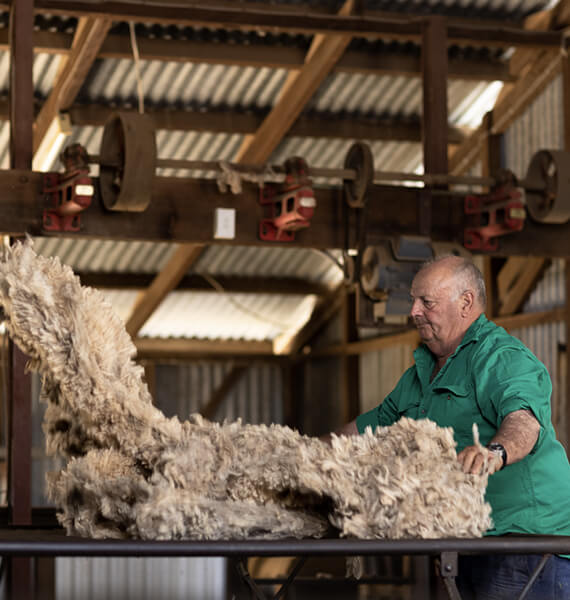Queensland Feral Pest Initiative – Cluster Fencing
Between 2011 and 2015, during widespread drought, the number of people living in the region aged 54 or younger declined by 12.5%. RAPAD and other concerned members of the community held meetings searching for a solution.
It was identified the importance of the sheep and wool industry for creating employment was key and the impact on the industry by wild dogs was as if not more crippling than the drought.
RAPAD took the lead delivering that message to the state government and the end result was the Queensland Feral Pest Initiative (QFPI).
In 2016, 2017, 2019, 2020, 2021 RAPAD councils operating through the QFPI, was successful in their bid to deliver projects under the Australian Government Pest Animals and Weeds (AGPAW) program for cluster fencing arrangements in areas with high wild dog density.
With the support of RAPAD and QFPI, neighbours agreed to work together to build 1.5-metre-high fences around groups of properties. These fenced clusters of land now had a physical barrier to stop wild dogs from entering their properties and attacking sheep.

